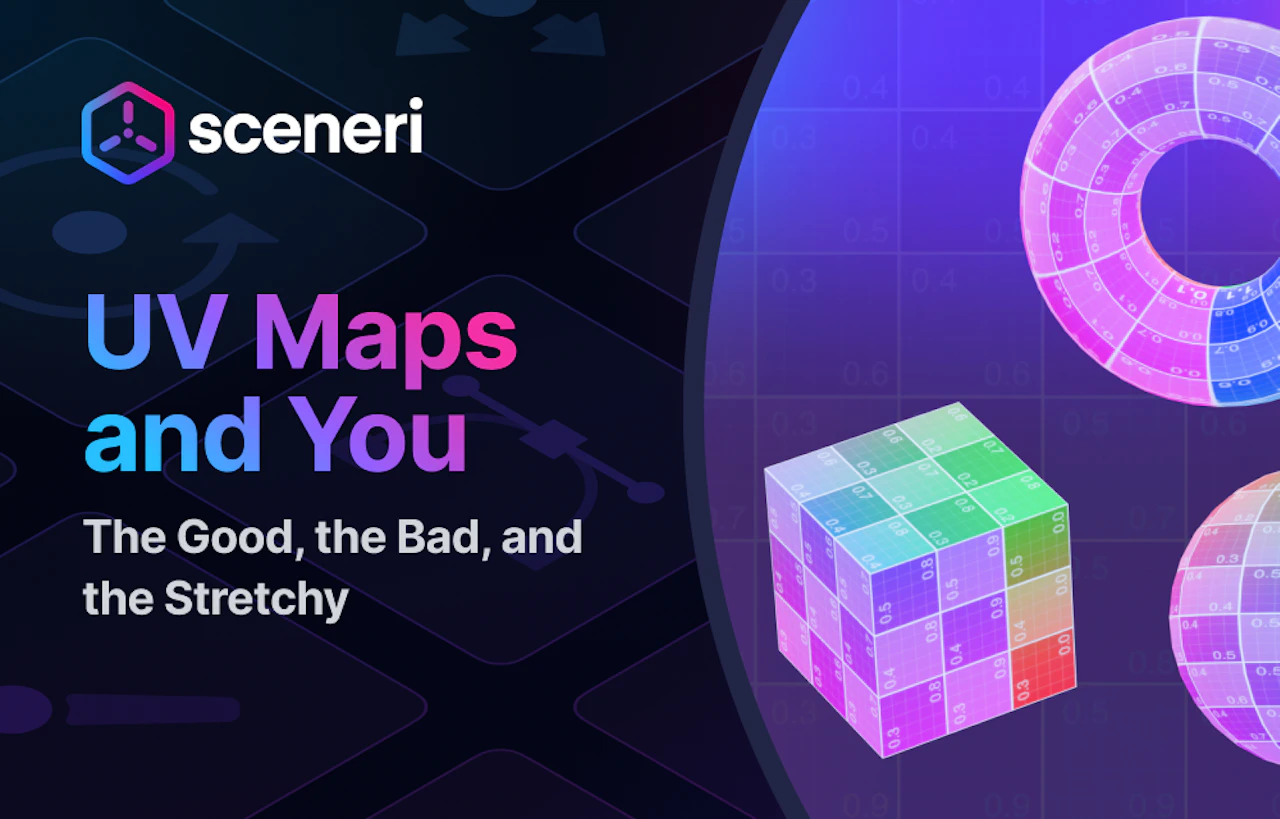UV Maps and You: the Good, the Bad, and the Stretchy
UV's Truly Define the Difference Between Real and Uncanny!
UVs or UV coordinates are a way of mapping a 2D texture onto a 3D object. UVs are used to tell the graphics card where to find the texture information for each pixel on the 3D object. For a visual representation, we have provided a gif of a cube laying out flat to show how you transition from a 3D object into a 2D flat image.
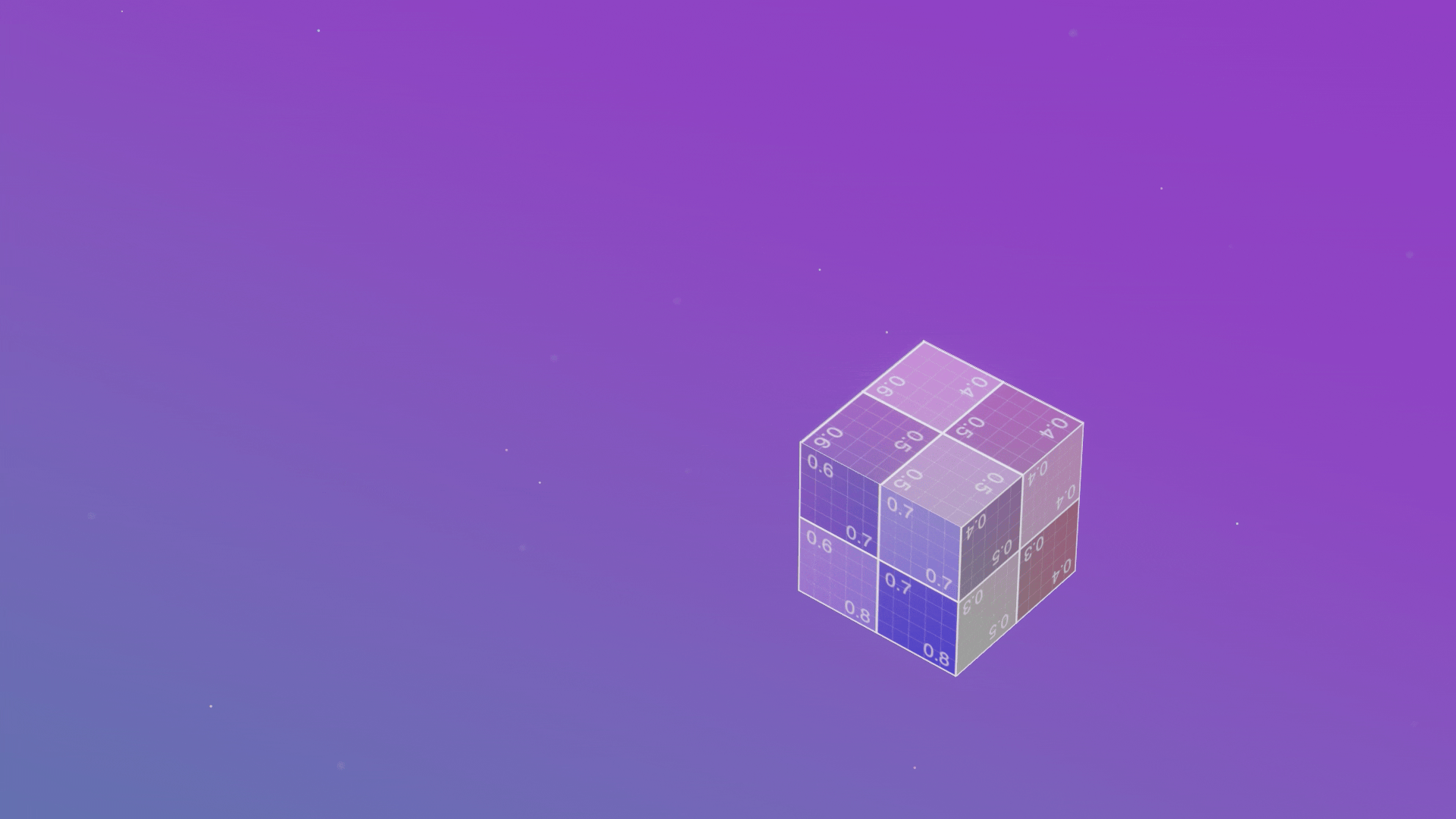
Why do we need UV’s?
In game development, UV mapping is often done using a 3D modeling software program, such as Maya or Blender. The artist will first create a 3D model of the object they want to texture. Once the model is created, the artist will need to create a UV map for the model. The UV map is a 2D grid that represents the surface of the 3D model. The artist will then need to map the texture to the UV map. This can be done manually or automatically. Once the texture is mapped, the artist can then render the 3D model with the texture applied.
Here are some of the benefits of using UV mapping in game development:
- Allows for realistic textures: UV mapping allows artists to create realistic textures for their 3D models. This is because the texture is applied to the surface of the model in a way that is consistent with the way light would hit the object in the real world.
- Improves performance: UV mapping can improve the performance of games by reducing the amount of texture data that needs to be loaded into memory. This is because the texture is only applied to the visible parts of the model.
- Reduces file size: UV mapping can reduce the file size of games by reducing the size of the texture files. This is because the texture is only applied to the visible parts of the model.
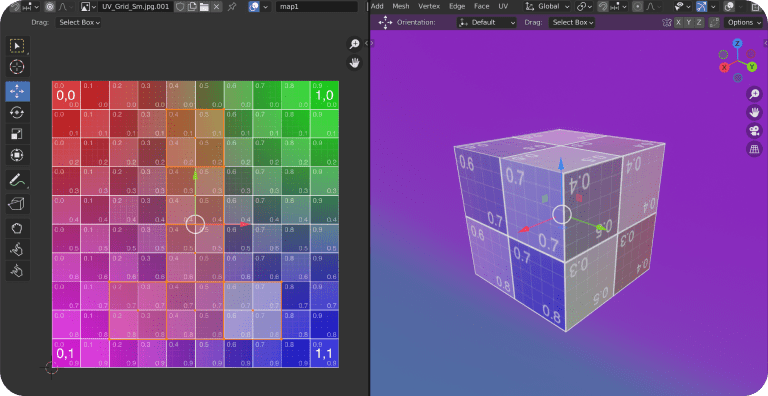
Types of Mapping
Box Projection and Stacking
Box projection is a type of UV mapping in 3D art that projects a texture onto a 3D object from six different sides. This is done by projecting the texture from the positive and negative X, Y, and Z axes. Box projection is often called tri-planar projection, and in the case shown below, each of the perfectly symmetrical cube faces is stacked on top of each other to cover the full 1:1 texture space.
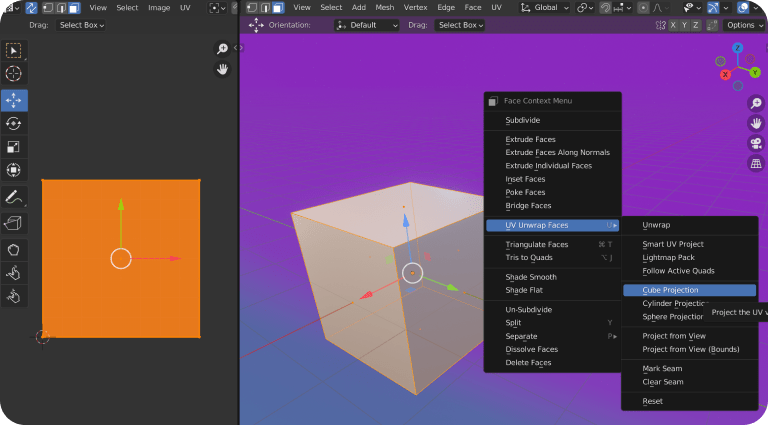
Cylindrical and Seams
Cylindrical projection is a type of UV mapping in 3D art that projects a texture onto a 3D object along the length of a cylinder. This is done by projecting the texture from the center of the cylinder and then wrapping the texture around the cylinder. In this case, you can see on the right side that seams have been cut on the top and bottom of the cylinder, and then a single edge is used to flatten it.
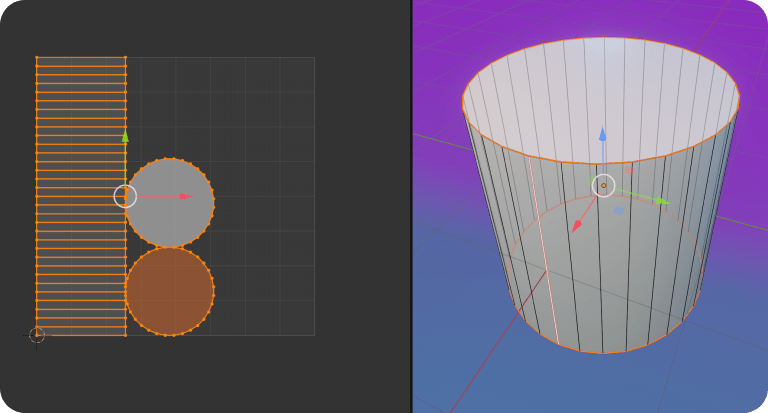
Trim Sheets
A trim sheet is a texture that contains multiple smaller textures, each of which is used to create a different detail on a 3D model. Trim sheets are a common technique in game development, as they allow artists to create high-quality models with a limited number of textures.
To create a trim sheet, an artist will first create the individual textures that they want to include on the sheet. These textures can be anything from simple decals to complex materials. Once the textures are created, the artist will then arrange them on the trim sheet in a way that makes sense for the 3D model.
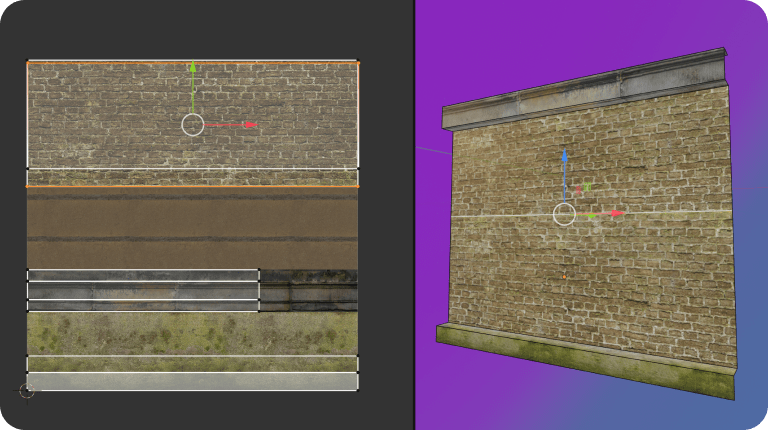
In the example above we can see the obvious sections that are the top and bottom nestled at the bottom of the texture. One additional aspect of this wall is that the center of the brick has a loop cut and then the brick is repeated on the wall to reach the top and not consume the entire sheet. Stacking these elements like previously shown in the box projection is the most powerful concept in trim sheet usage.
Tips and Tricks
Here are some additional tips for UV mapping for your games:
- Use a UV unwrapping tool that is appropriate for the type of model you are working with. Blender is perfectly suitable for any UV task.
- Plan the UV mapping process before you start. This starts with modeling properly and avoiding booleans as much as possible. If the topology is bad you won’t finish the UVing.
- Use a consistent UV mapping scheme for all of your models. This will make it easier to create and manage textures.
- Test your UV maps in-game to make sure that they look good, have solid texel density, and that they are efficient.
By following these tips, you can use UV mapping to create high-quality textures that will improve the look and performance of your games.
To excel in UV mapping, 3D artists should involve themselves in the task of UVing and become comfortable with a routine. They must maintain a consistent UV mapping scheme and thoroughly test their UV maps in-game to ensure optimal results and efficiency. By mastering UV mapping, artists can create visually stunning and well-performing games that captivate players.
To unlock a wealth of tips and tricks, make sure to visit our YouTube channel or check out our official Discord, where we delve into the ins and outs of these features and many other tools that will guide you on your creative journey!


